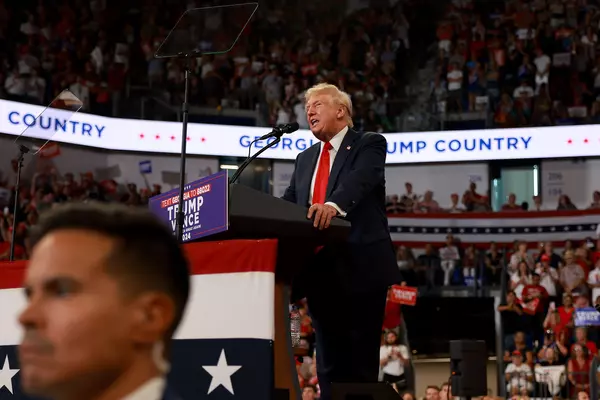
There is another slightly disconcerting element leaping out from between the lines: a persisting difference of opinion between one monetary policy committee (MPC) member and RBI governor Shaktikanta Das.
First, let us parse the MPC’s suite of decisions: the benchmark repo rate increased by 50 bps to 5.9%, and, a determination to “remain focused on withdrawal of accommodation". The rate hike was like a foregone decision, the Street even concluding with a consensus 50 bps increase. It was, therefore, not surprising that benchmark stock exchange indices, which opened in the red at start of trading, rapidly moved into positive territory soon after the monetary policy was announced. A sharper rate hike — as an interest rate defence mechanism in favour of the rupee currency value — would have certainly rattled markets.
So far, so unequivocal. What, though, has been left unclear is the RBI’s policy stand on another critical variable — liquidity — which feeds into short-term rates and directly influences bank lending rates. While the central bank’s position on liquidity has had observers and economic analysts confounded over the past few weeks, it has decided to address that with an ambiguous “remain focused on withdrawal of accommodation".
As of now, it seems the central bank prefers sitting on the fence, apprehensive of committing to a decisive policy on liquidity, lest it upset the economy’s growth engine. The RBI’s hesitation is evident from its decision to merge the 28-day and 14-day variable rate reverse repos into 14-day variable rate reverse repos, reflecting its aversion to making longer-term commitments in the face of fast-moving developments.
The RBI’s reluctance to address a clear liquidity standpoint becomes even more pertinent in the face of its continuing defence of the rupee’s currency value when weighed against net foreign exchange outflows during Q2FY23. The dollar’s bullish bias, combined with the resilience in aggregate demand, is likely to continue putting downward pressure on the rupee. Consequently, the RBI’s future interventions in the foreign exchange market are then bound to effect system liquidity. This uncertainty on the extent of intervention may perhaps explain the RBI’s foot-dragging in spelling out an unambiguous liquidity position.
Some sections of the market had even expected the RBI to announce a deficit liquidity policy, though the likelihood of that seemed remote in the current circumstances with the central bank adhering dutifully to its role of fostering growth. The RBI’s scaling down of FY23 GDP growth projections — from 7.2% in early August to 7% now — reflects a degree of uncertainty creeping into its otherwise buoyant economic commentary.
This uncertainty — and perhaps a degree of insecurity of what an uncertain future will unleash on the economy — is also forcing governor Shaktikanta Das to indirectly address dissent from one of the MPC members, Jayanth Varma. Like in August, Varma has voted against the resolution of “remain focused on withdrawal of accommodation".
Varma’s objections will become evident once the minutes are available a fortnight later; but he had objected to the same resolution even in August and his explanation then might be relevant even now since the resolution wording has not changed. His contention then was that the resolution wording indicated a terminal repo rate of 6.5% which, given the economic flux, might even necessitate a lower terminal rate in the future. He was not opposed to withdrawal of accommodation but baulked at the wording of the resolution.
This may have forced the RBI governor to respond, somewhat uncharacteristically, in his stand-alone statement: “Questions are often asked about the peak and terminal rates in a rate tightening cycle. Without venturing into any forward guidance which can be hazardous in the present context, I would like to state that our actions will be carefully calibrated to the incoming data and evolving scenario without being constrained by conventional or any textbook approach to policy making."
In reality, his statement only further reinforces the helplessness and uncertainty that has gripped monetary policy formulation. Central bankers across the world have increasingly been venting their frustration in public, making hawkish forward guidances. This has forced Das to launch side-swipes against his peers in central banks of advanced economies. But then, Das might want to count his blessings: he surely doesn’t want to be in the shoes of Andrew Bailey, governor of Bank of England.







